Osteopaths, Physiotherapists and Chiropractors
What is the Difference?

We get asked this question, all the time.
Osteopaths, Physiotherapists and Chiropractors are all manual therapists (use mainly their hands) to help various painful or stiff areas of the body. And we are all doing our best to try to get you better!
But there are some differences…
1. Technique
Chiropractors tend to ‘click’ the joints a lot more than Osteopaths. They often click multiple joints at the time, and use this as a way of ‘re-setting’ the nerves to an area of the body. For example, if you have a problem with your arm, they might click your neck. Chiropractors also use a ‘drop table’ to click your body into the stiff movement.
Osteopaths (like the team at ThreeSixty), still do find that joint clicking can be a very useful treatment tool. But we like to use it after ‘warming-up’ our body first, with lots of stretching and massage for the muscles – this way, the joints don’t just stiffen up again. A lot of the time, it’s the muscles holding your joints tight in the first place, so we believe long lasting results come with working with all of the things (muscles, ligaments, tendons and nerves) that cause the joint to stiffen up in the first place.
Physiotherapists can also use ‘clicking’ to help the joints of your back and neck. This is usually done as an additional course, over a few weekends, where as Osteopaths and Chiropractors are taught these techniques over longer periods of time – often 2-4 years, while we are studying. Physios usually give you techniques to use on your-self, like stretching. And they often recommend exercises for you to do, so you can help yourself get better. They sometimes use massage as part of their treatment, like Osteopaths, and will often use Sports tape to support your joints.
2. Theory
The reason WHY something in your body is causing you pain is very important. Osteopaths look at the vascular system as the most important factor in overall body health. If the blood flow to a muscle is restricted, it is going to become painful because it can’t make the nutrients it needs to perform the movements your brain is telling it to. Nerves have little blood vessels to them too – they are a living tissue, and all living tissues need blood. In fact, flow of all fluid in the various body systems is very important. The thing that keeps joints healthy (and well-lubricated) is the Synovial fluid around them too.
Chiropractors use the theory that there could be a blockage from one of the nerves as the reason for pain and stiffness. They try to restore (or re-set) the awareness of the brain and spinal cord to the rest of the body, and work to get it performing again from this perspective. The joint ‘clicking’ is a great way to do this, and they often have to re-set multiple spinal levels at the same time to get the improvement they need from your body.
Physiotherapists believe in supporting and restricting joints, to prevent re-injury. This is why they will strap your e.g. ankle into a good position and then give you exercise to do to strengthen it in that good position. They try to help you build up the support systems around the area of injury, to strengthen nearby tissues. Their theory suggests that it is a weakness which has left an area open to injury in the first place.
3. Tools
Chiropractors have a little tool called an ‘Activator’ to assist their treatment of you. It provides a quick stimulation to the area it touches to try to re-awaken a nerve which might be less active than it should be.
Osteopaths generally only use their hands (and sometimes their elbows!!!) while administering treatment. Osteopaths are also quite likely to use deep heat rubs to help get better results from muscles, and anti-inflammation cream to help reduce inflammation around joints. We also sometimes strap knees, shoulders and ankles with ridged or stretchy tape to stop you from accidentally re-injuring yourself between treatments. We are excellent at looking for parts of your body nearby which might have caused the injured area to be over-working. This is known as a ‘holistic’ perspective.
Physiotherapists are great at rehabilitation – they usually start out in hospitals or supporting sports teams, and good knowledge of which exercises are needed to promote recovery from trauma or an operation (e.g. knee replacement). You do need to be self-motivated, and the emphasis is on you getting yourself better, whereas Osteopath and Chiropractors try to change the way your body works – predominantly we work to get you better.
Choose what works for you.
I tell all of my clients that it actually doesn’t really matter which therapy you choose (although of course, being an Osteopath, I think Osteopathy is the best!), but the most important things when looking for a practitioner are:
- Does the treatment help?
- What is the expected improvement time going to be?
- How many treatments will it take before you start to feel better?
- Does your body respond well to what they are doing? Or does it resist?
It always helps to ask around for a referral from a friend who has had a good experience with the type of treatment or therapist you choose.
– Holly
(Senior Osteopath and Clinical Director)
Helping You To Get Mobile
It Starts With A Conversation



